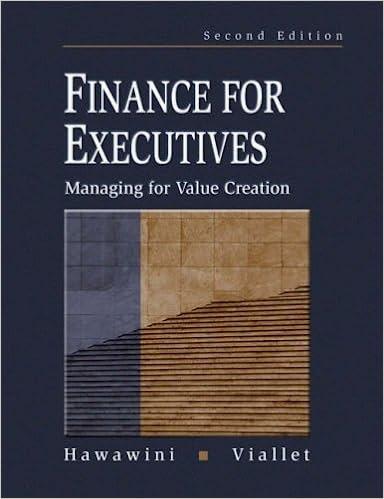1. (2.5 Points) Assume the Hong Kong dollar (HK$) value is tied to the U.S. dollar and will remain tied to the U.S. dollar. Assume that interest rate parity exists. Today a euro () is worth $1.18 and HK$9.21. The one-year interest rate on euro is 896, while the one-year interest rate on the US. dollar is 3%. You believe in the International Fisher effect. Boston company will receive 2 million in one year from selling products to Europe, and will convert these proceeds into Hong Kong dollars in the spot market at that time to purchase imports from Hong Kong. a. Estimate the amount of U.S. dollars that Boston will receive in one year when converting its receivables into U.S. dollars. (1.25 Points) Forecast the amount of Hong Kong dollars that Boston will be able to purchase in the spot market one year from now with 2 million. (1.25 Points) (Hint: Since HKS is pegged to USD, the value change between and HKS one year later is going to be exactly the same as that between USD and b. ANS: Please label a/b in your response to the two sub-questions respectively. 1. (2.5 Points) Assume the Hong Kong dollar (HK$) value is tied to the U.S. dollar and will remain tied to the U.S. dollar. Assume that interest rate parity exists. Today a euro () is worth $1.18 and HK$9.21. The one-year interest rate on euro is 896, while the one-year interest rate on the US. dollar is 3%. You believe in the International Fisher effect. Boston company will receive 2 million in one year from selling products to Europe, and will convert these proceeds into Hong Kong dollars in the spot market at that time to purchase imports from Hong Kong. a. Estimate the amount of U.S. dollars that Boston will receive in one year when converting its receivables into U.S. dollars. (1.25 Points) Forecast the amount of Hong Kong dollars that Boston will be able to purchase in the spot market one year from now with 2 million. (1.25 Points) (Hint: Since HKS is pegged to USD, the value change between and HKS one year later is going to be exactly the same as that between USD and b. ANS: Please label a/b in your response to the two sub-questions respectively








